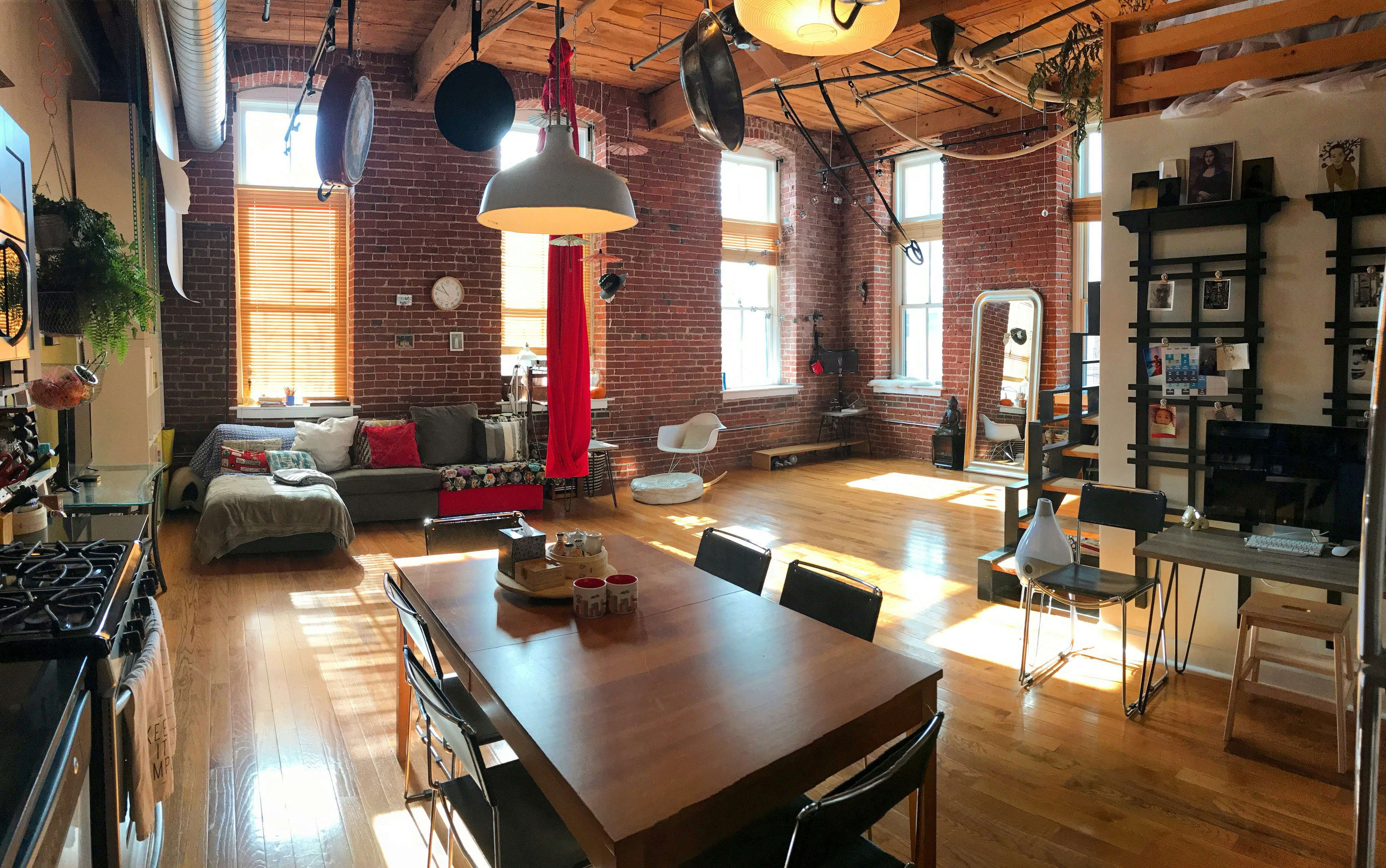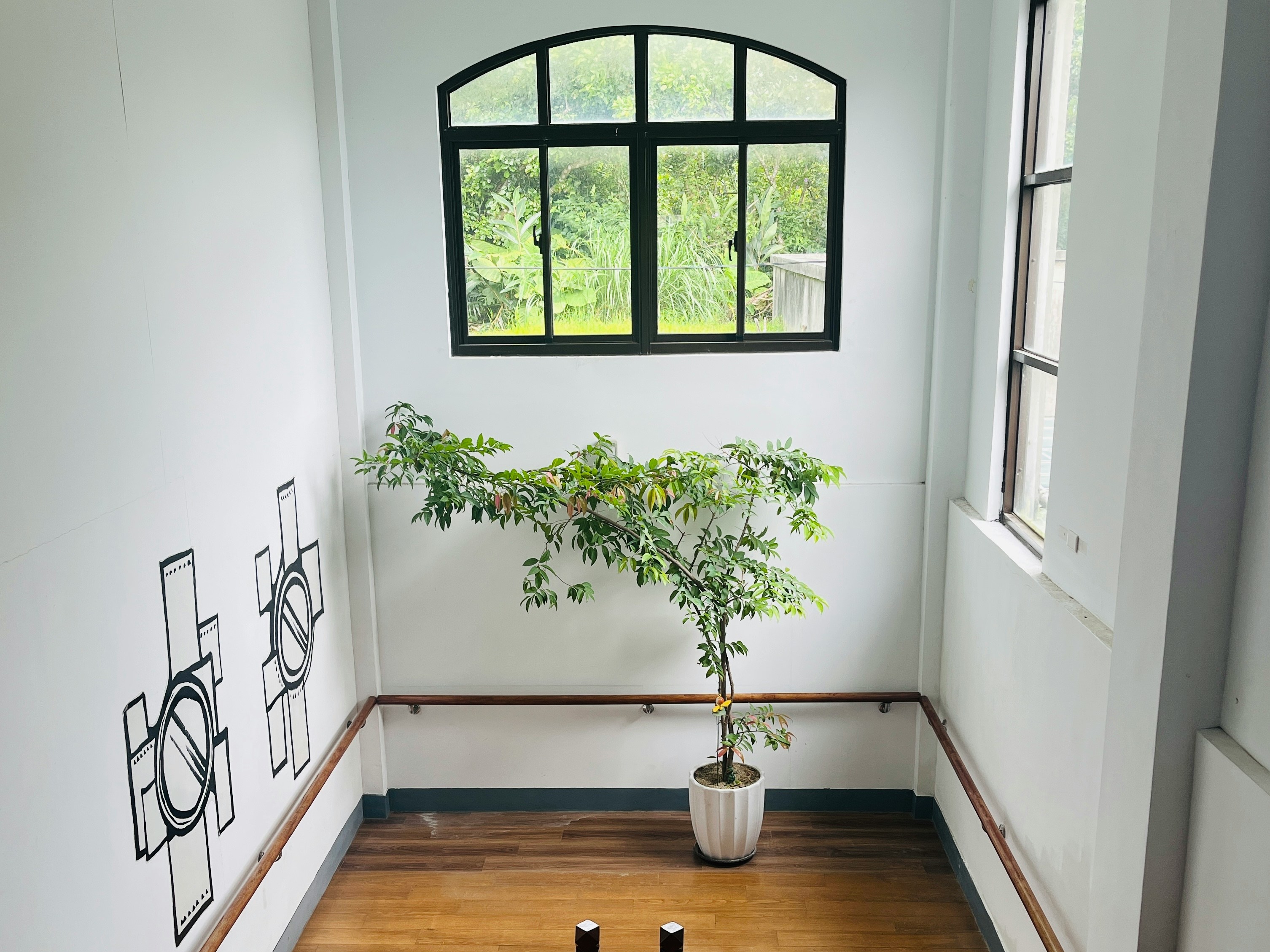What makes infill development successful? Urban planning experts will point to infill development promoting higher residential density as well as greater choice in services such as transit, retail outlets and amenities such as parks and recreation centres.
And it’s true that good infill developments will help to spark a return or a resurgence in cultural, recreational and entertainment opportunities in a community. That’s important to older neighbourhoods in cities like Winnipeg that want to maintain their vitality and add residents. But there’s more to planning a successful infill development than just that.
The design and planning process in itself is a very important component for the success of infill. That’s because infill development almost always requires input from the neighbourhood. Sometimes developers are looking to demolish an old structure and replace it with a different kind of building. Two or three houses may make room for a new apartment building, for example. Or one large house may be knocked down to make room for two duplexes. The possibilities are endless.
One way to determine what makes a good infill project is to consider the opposite: in other words, what makes infill projects go wrong?
A study of infill development will quickly bring up examples of projects that went awry of the neighbourhood, city planners or both.
“We think the most important element right from the start is to make sure you’re consulting with the neighbourhood,” said Nigel Furgus, president of Paragon Design Build, one of Winnipeg largest infill developers of single family homes, duplexes and apartment buildings. “We work hard to have open and honest conversations with neighbours to make sure we understand their concerns about our proposed development.”
Some developers frequently run into trouble when they try to take short cuts and avoid public consultations. The reason this causes problems is simple: it breeds mistrust. People wonder, rightly, what’s going on in their neighbourhood. They have a sense of ownership over the streetscape and the identity of the place. They want to know what’s going on.
“We find that concerns can almost always be resolved if we’re having those conversations up front, said Furgus. “It’s a vital part of our process.” Consultations can avoid disagreements of building height, setbacks, design style and a host of other issues.
Furgus says that it’s important that developers also focus on doing quality work. One shoddy development can turn a lot of people against infill.
It’s important to maintain high quality design and building standards on infill developments. It’s not enough that they’re new buildings going into older neighbourhoods. If the design is poor or they have low quality building standards, then neighbours will often get upset.
Good infill developments also make an effort to keep clean and safe worksites. They should be well signed and follow all the relevant safety guidelines, including fencing off the construction site when required.







